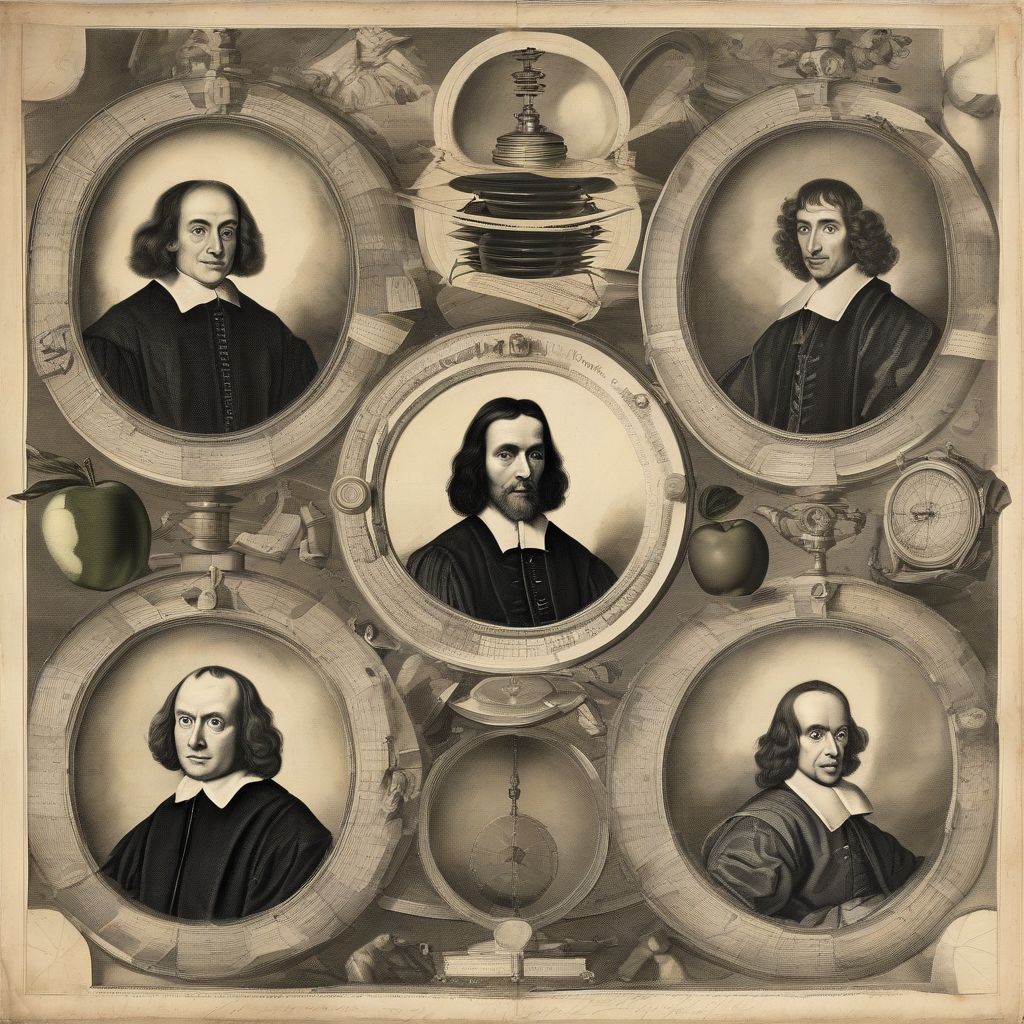Have you ever wondered about the minds that shaped our world? The relentless curiosity, the groundbreaking discoveries, the sheer brilliance of scientific pioneers have always captivated us. From understanding the vastness of the cosmos to unraveling the complexities of the human body, these individuals have pushed the boundaries of human knowledge, leaving an indelible mark on history. This exploration delves into the insights, work, and enduring legacies of some of these remarkable figures, offering a glimpse into their genius and the impact they’ve had on our lives.
Unraveling the Mysteries of the Universe: Copernicus and Galileo
Nicolaus Copernicus, a Polish astronomer, challenged the long-held geocentric view of the universe, proposing a heliocentric model with the sun at the center. This revolutionary idea, published in his book “De Revolutionibus Orbium Coelestium” (On the Revolutions of the Heavenly Spheres), sparked a paradigm shift in scientific thought. It wasn’t just a change in astronomical models; it was a shift in how humanity perceived its place in the cosmos.
Galileo Galilei, an Italian astronomer and physicist, further solidified the heliocentric model through his telescopic observations. He discovered the four largest moons of Jupiter, observed the phases of Venus, and studied sunspots, all providing evidence to support Copernicus’s theory. His work, however, met with resistance from the Church, highlighting the challenges faced by pioneers who dared to challenge established beliefs. Galileo’s courage and unwavering dedication to scientific truth paved the way for future generations of astronomers.
The Impact of Observation and Experimentation
Both Copernicus and Galileo emphasized the importance of observation and experimentation, setting the stage for the scientific method. Their contributions marked a transition from relying solely on ancient texts to directly observing and analyzing the natural world. This shift was crucial in establishing science as a distinct field of inquiry, based on empirical evidence and rigorous methodology.
Delving into the Microscopic World: Leeuwenhoek and Hooke
Antonie van Leeuwenhoek, a Dutch scientist, revolutionized microscopy with his meticulously crafted lenses. He was the first to observe microorganisms, opening up a whole new world of microscopic life. His detailed descriptions and drawings of bacteria, protozoa, and even sperm cells laid the foundation for the field of microbiology.
Robert Hooke, an English scientist, also contributed significantly to microscopy. He coined the term “cell” after observing the structure of cork through his microscope. His book “Micrographia,” a collection of detailed illustrations of various objects as seen through the microscope, sparked widespread interest in the microscopic world and its wonders.
Unveiling the Building Blocks of Life
Leeuwenhoek and Hooke’s work brought a deeper understanding of the fundamental structures of living organisms. Their discoveries paved the way for cell theory, a cornerstone of modern biology, which states that all living organisms are composed of cells.
Deciphering the Laws of Motion and Gravity: Newton
Sir Isaac Newton, an English physicist and mathematician, revolutionized our understanding of the physical world with his laws of motion and universal gravitation. His monumental work, “Philosophiæ Naturalis Principia Mathematica” (Mathematical Principles of Natural Philosophy), laid the groundwork for classical mechanics and provided a unified framework for understanding celestial and terrestrial motion.
A New Era of Physics
Newton’s laws explained everything from the trajectory of a cannonball to the orbits of planets. His work ushered in a new era of physics, providing a powerful tool for understanding and predicting the behavior of physical systems.
The Power of Observation and Experimentation: A Common Thread
From Copernicus’s heliocentric model to Newton’s laws of motion, a common thread emerges: the power of observation and experimentation. These scientific pioneers demonstrated the importance of questioning established beliefs and seeking evidence through careful observation and experimentation. Their work highlights the transformative power of scientific inquiry and its ability to shape our understanding of the world.
 Scientific Pioneers
Scientific Pioneers
- Hardcover Book
- Sobel, Dava (Author)
- Used Book in Good Condition
- Hardcover Book
- Sagan, Carl (Author)
- English (Publication Language)
- Gray, Jeremy (Author)
- English (Publication Language)
- Stillman Drake (Author)
- English (Publication Language)
- Used Book in Good Condition
- Hopkins, Claude (Author)
- Carter, K. Codell (Author)
- English (Publication Language)
- Amazon Kindle Edition
- Various (Author)
Conclusion: A Legacy of Discovery
The work and ideas of these great scientific pioneers have left an enduring legacy, shaping not only scientific fields but also how we perceive our place in the universe. Their relentless curiosity, dedication to truth, and commitment to scientific rigor continue to inspire generations of scientists and thinkers. Their stories remind us of the power of human ingenuity and the boundless potential of scientific exploration. We invite you to share your thoughts on these remarkable figures and their impact on our world in the comments below. Explore further by visiting our related articles on scientific discoveries and the history of science.










